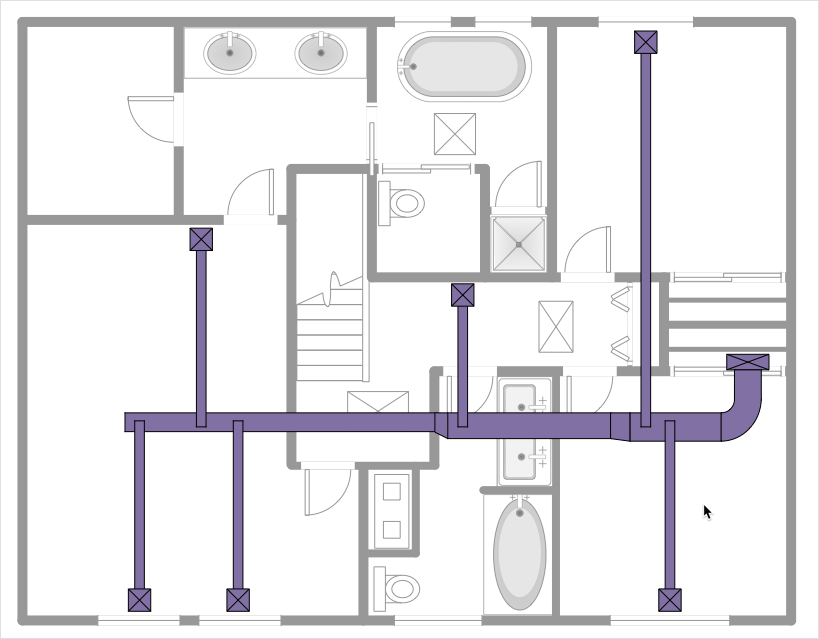HVAC design is the process of selecting and sizing the components of a heating, ventilation, and air conditioning system to meet the needs of a space. It involves careful consideration of factors such as climate, building envelope, occupancy, and equipment efficiency to ensure that the system will function properly and efficiently.
The first step in HVAC layout is to determine the heating and cooling loads for the space. This information is used to select the appropriate size and type of equipment for the job. The loads are typically calculated using computer software that takes into account the climate, building envelope, and occupancy of the space.

Image Source: Google
Once the loads have been calculated, the next step is to select the type of equipment that will be used.
Some factors to consider when selecting equipment include:
– Climate: Systems designed for cold climates will need to be able to withstand low temperatures and heavy snowfall, while those in hot climates must be able to handle high temperatures and humidity.
– Building Envelope: The building envelope includes the walls, roof, and windows of the space. It is important to consider the R-value of the envelope when selecting HVAC equipment. The R-value is a measure of a material's resistance to heat flow and is an important factor in determining the efficiency of the system.
– Occupancy: The number of people that will be using the space will also impact the size and type of equipment required.
– Equipment Efficiency: More efficient equipment will use less energy, which can save money on operating costs.
